December is inarguably the big shopping season. All the holidays, the year-end bonuses (if you’re lucky), the scramble of shopping that ends up in the pile of presents.
But April and May? I call that the mini-shopping season. The graduations. The proms and school functions. Mother’s Day. And, if you’re really organized and forward-looking, Father’s Day.
While retail still offers doorbusting sales and holiday specials, more and more shopping is being done online, specifically on Amazon. Even if you end up buying an item somewhere else, you might check the reviews on Amazon first. That’s a good strategy; I’m a big believer in researching products before buying. But shopping on Amazon comes with its own problems and pitfalls.
Amazon’s Dangers
As one of the most popular shopping sites in the world, it’s no surprise that Amazon has attracted its share of crooked dealings and fraudulent schemes. Amazon has recently admitted to a problem with counterfeit goods being sold through its third-party merchants marketplace. The site also has a problem with fake reviews being posted for products. It’s so bad the FTC is getting involved.
Counterfeit goods? Fake five-star reviews that might be hiding the major flaws of a product? What should be a fun online shopping experience turns into a dangerous excursion when you can’t trust what you’re seeing.
If you’re ready to make a big purchase on Amazon, you can take some of the stress off by going through three steps to research both the product and reviews of the product. Buying online is always going to involve a little risk — after all, you can’t see “in person” what you’re purchasing. But a little due diligence will mitigate a lot of potential problems.
An Amazon Shopping Example: The Tale of the Toaster Oven
Let me tell you about my husband’s toaster oven.
When my husband and I got married, he had a toaster oven and I didn’t. So we use his toaster oven. The problem is that his toaster oven and I loathe each other. Whatever I put in it always seems to come back as charcoal. And the temperature and timer have been getting less reliable as the years go by. We’ve finally agreed that it’s time to retire the old toaster oven to the recycler and get a new one — possibly from Amazon.
Before I start shopping, though, I make sure I know what I want: a fairly large toaster oven, with dials instead of digital controls, and not more than $100.
Step 1: I Get My Basic Data
I start with clear parameters because of the breadth of Amazon’s offerings. A simple search for toaster oven brings 6,000 results! If I don’t have at least a general idea of what I want, I’ll get lost in those search results. As it is, there are a bunch of results I can dismiss off the bat — they have digital controls, they’re small, or they’re way out of my price range.
Eventually I find a toaster oven I like — a BLACK+DECKER TO3250XSB. Not sure why it sounds like a race car, but there you are. It’s got room for eight slices of bread, uses dials instead of digital controls, and is less than $70. Perfect. Now I start my due diligence by asking three questions.
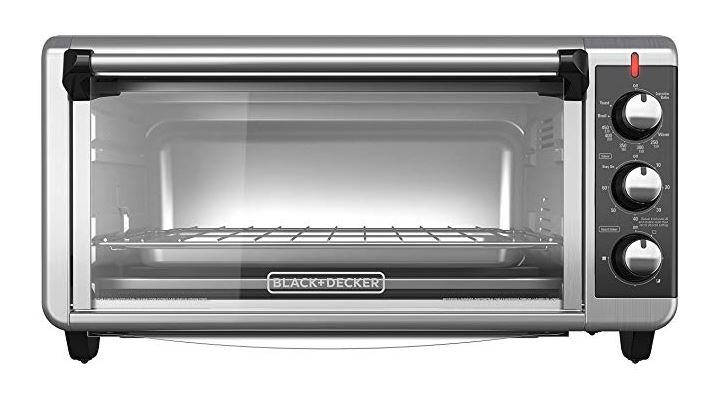
Question 1: Where’s the Item Shipped from?
When you shop on Amazon, you might buy an item directly from Amazon, or you might buy an item from one of the merchants that sells on Amazon’s web site. Those merchants can deliver items to you in one of two ways — FBM or FBA.
FBM means “Fulfillment by Merchant.” The merchant will ship the item to you directly from its warehouse. FBA means “Fulfillment by Amazon.” The merchant sends the item to one of Amazon’s warehouses, and Amazon takes care of stocking it and shipping it to you.
Most Amazon merchants are honest and want to give you a good shopping experience. But some aren’t. When you buy an item from a third-party merchant on Amazon and the merchant ships it to you directly (FBM), Amazon never sees it. It might be counterfeit. Items shipped FBA have somewhat better quality control because Amazon carries the item in its warehouse. If you’re looking for an item that’s in an oft-counterfeited category — things like fashionable clothing, makeup, and women’s accessories — you will eliminate a lot of risk by either buying just from Amazon or using a merchant that fulfills orders via FBA.

Question 2: What Are People Asking About This Item?
On about the middle of every Amazon product’s page is a bunch of questions that have been asked and answered about that product.
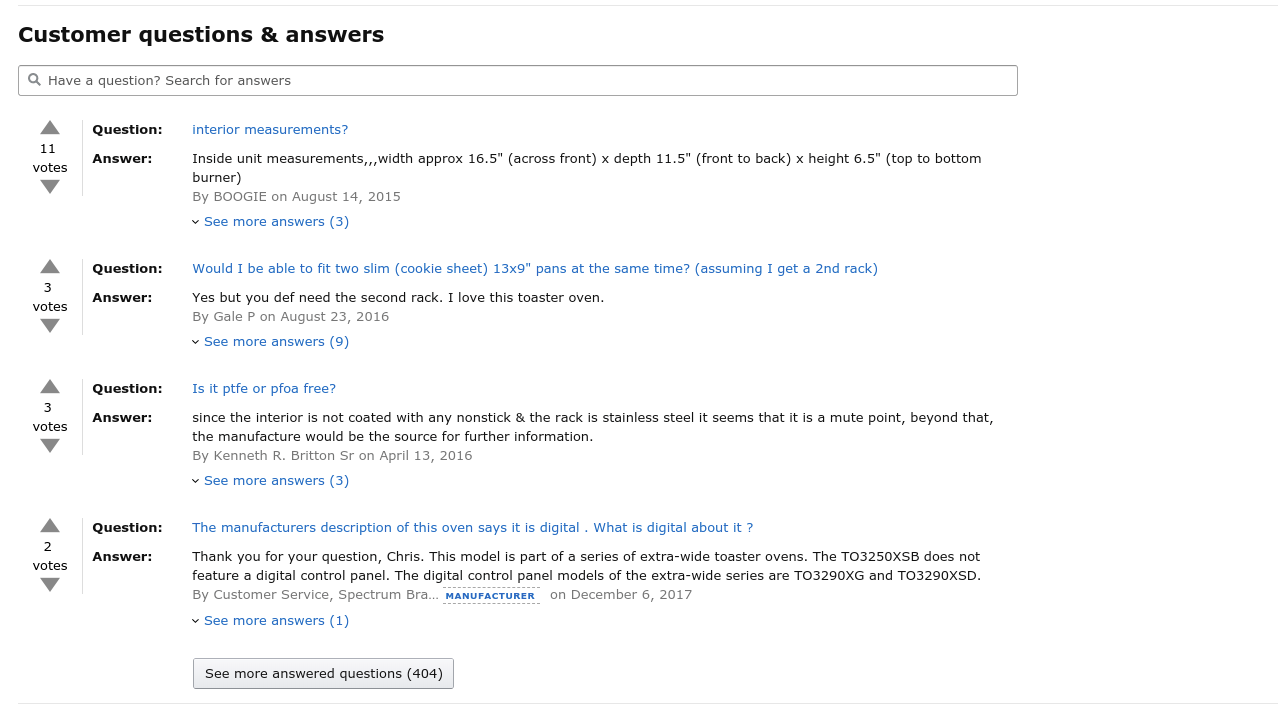
I always check that for two reasons. The first because I want to see if there’s anything I missed when thinking about the product. In this case customers asked if the interior of the toaster oven was coated with Teflon, something I hadn’t considered. (It doesn’t appear to be according to people who have purchased it.) Second is to see if the manufacturer responds to questions. I take it as a good sign if the manufacturer or seller responds promptly to questions with clear, easily understood answers.
Question 3: What do the reviews say?
Amazon has two types of reviews: regular and verified purchase. A verified purchase review means that Amazon has confirmed the user purchased the item on Amazon and also that the user did not get a steep discount on the item. Verified reviews have a little orange “Verified Purchase” underneath the date of the review. Unverified reviews might be fraudulent, purchased or planted by the seller, or given in exchange for free products or even money. (The BBC recently interviewed two people who fake online reviews. One of them even fakes verified reviews! Nothing is completely trustworthy, unfortunately.)
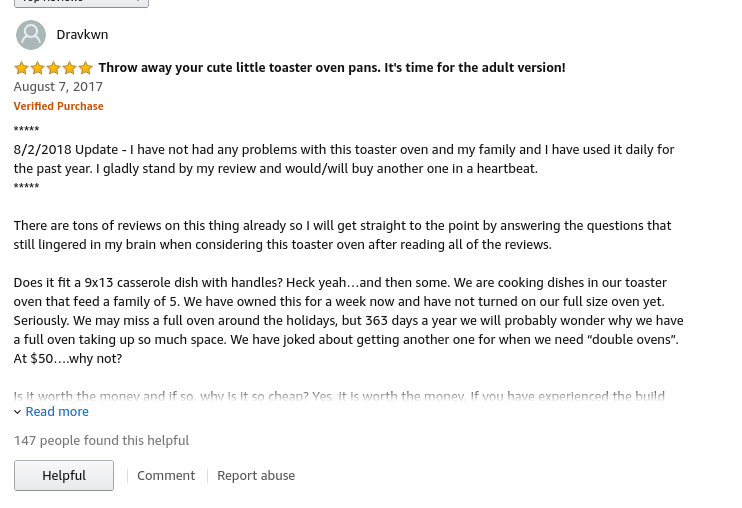
Unverified reviews might be useful (I leave reviews on Amazon for books I’ve bought elsewhere all the time), but with verified reviews you know you’re reading a review for a purchased product, and that review is more likely to be honest. Dishonest sellers might attempt to game the review system, but it’s more difficult to do that with verified reviews.
Amazon makes it possible to see only verified reviews, but it’s a little tricky to find. If a product has any reviews, some of them will be on the product’s page. Down at the bottom of the reviews you’ll see a link that reads something like “See all 1,594 reviews” (in the case of this toaster oven). That will take you to a page of reviews for the product, along with a set of filters that allow you to see just verified reviews.
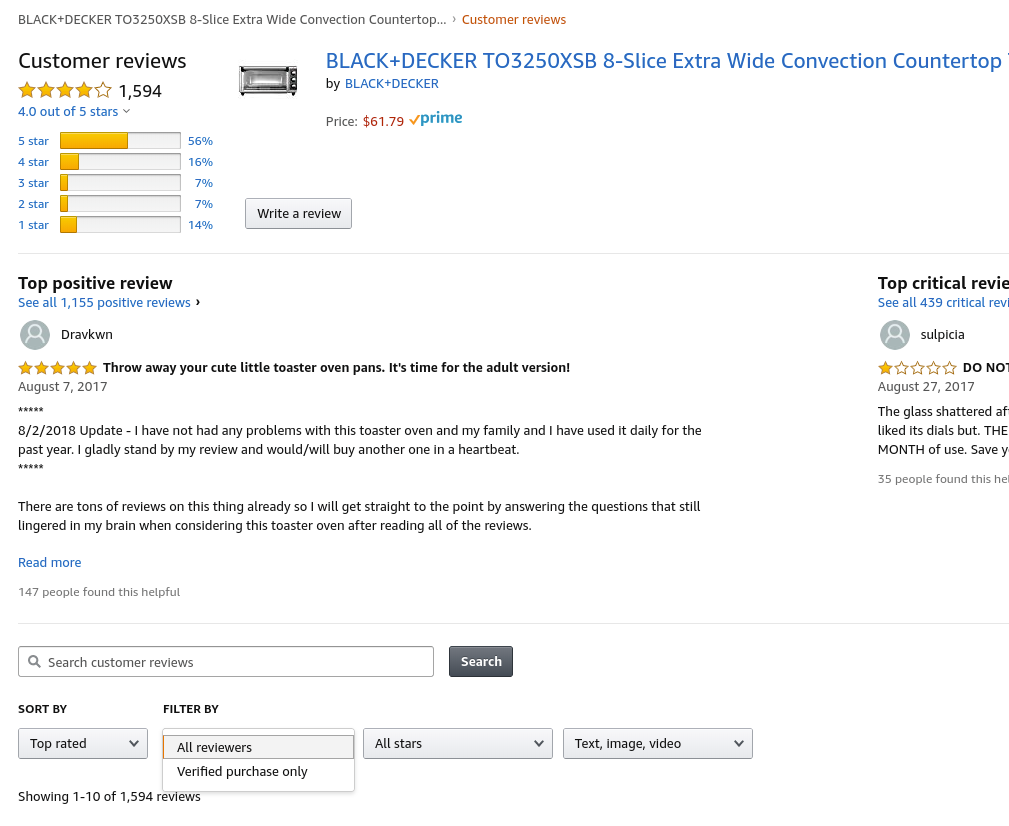
Take a glance at the verified reviews. Are they very much different from the mix of verified and unverified reviews? (If they are that’s a red flag.) Are there only a few verified reviews and lots and lots of unverified ones? Don’t try to read them all, just skim a few for impressions.
I took a look at the verified reviews, and they’re a confusing mix of five-star and one-star, but the pros seem stronger than the cons at the moment. I’m sticking with the toaster oven. Now I need to look more closely at the reviews.
Step 2: I Dig into the Reviews
This toaster oven has almost 1,600 reviews on Amazon. Even if you eliminate the unverified ones, it still has almost 1,500 reviews. I’m not reading 1,500 reviews. Fortunately, I don’t have to because there’s an online tool to help me out: The Review Index Review Summarizer.
The Review Index takes the URL of an Amazon product page, digests recent reviews, and spits out a series of summaries based on different review topics, noting whether the summaries were in general positive or negative.
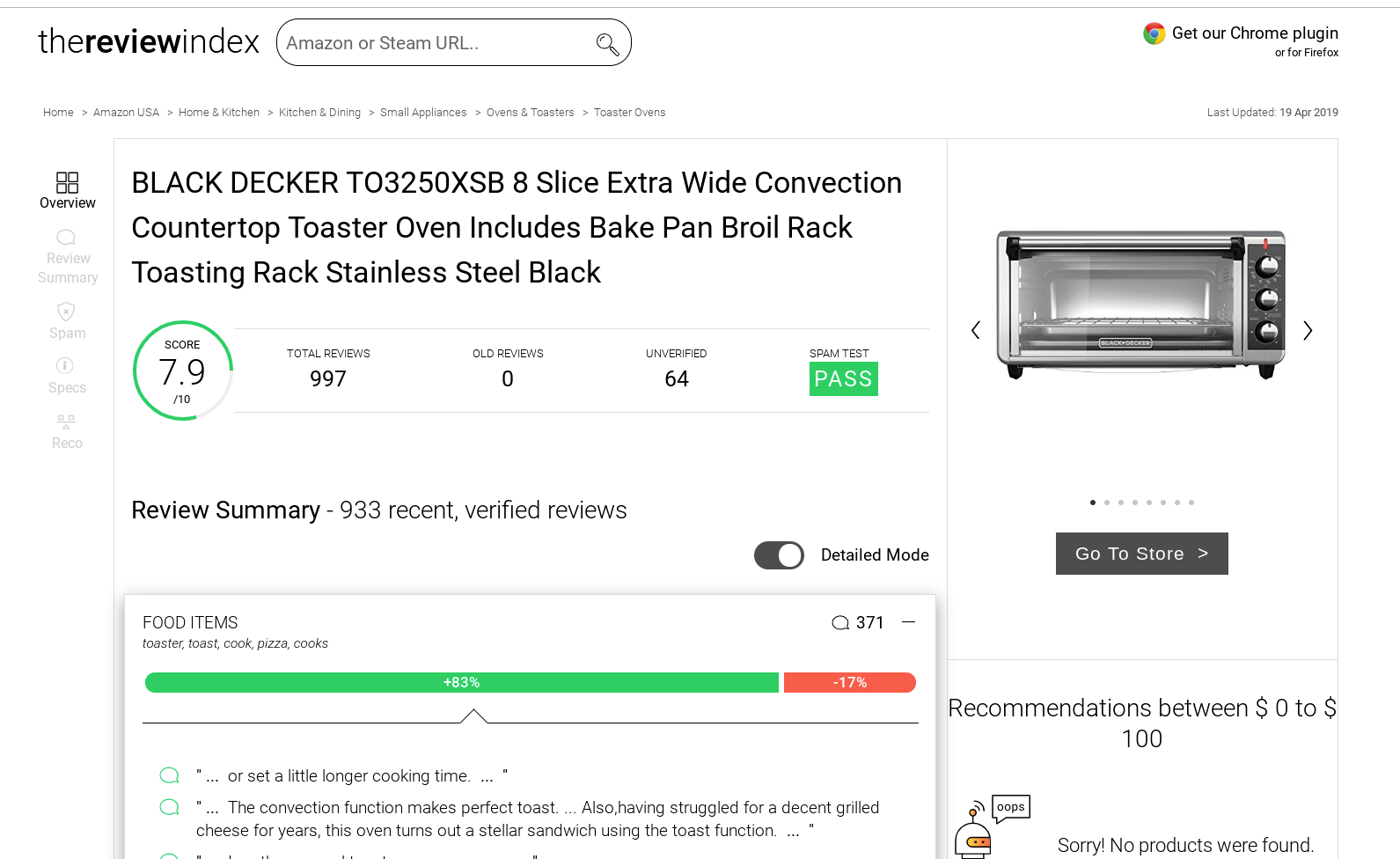
In this case the reviews were mostly positive, but I’m concerned about the fact that product reliability was an issue in several reviews, with reviewers complaining that the product failed after a fairly short period.
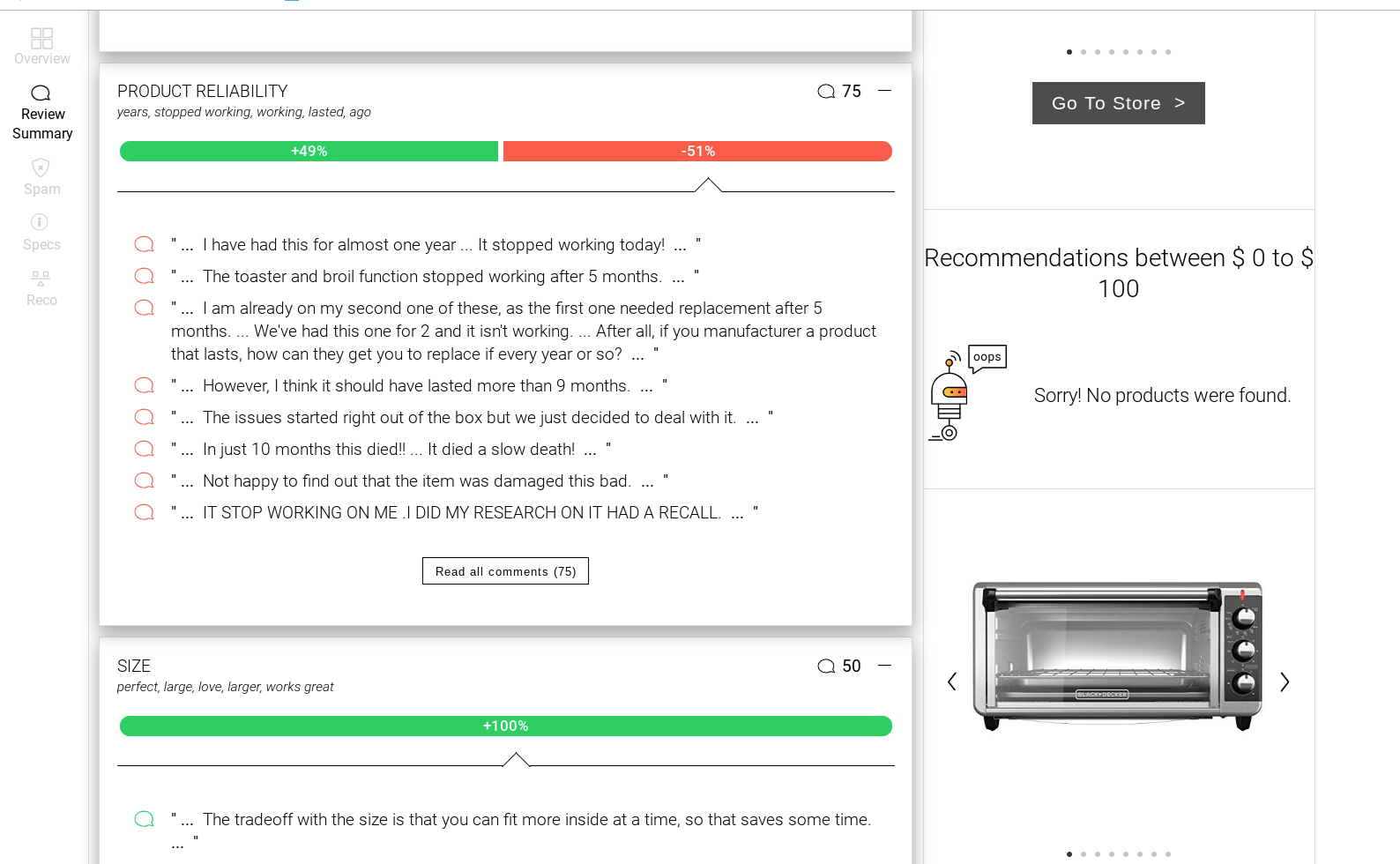
Okay, after going through the review summaries, I’m still in favor of this toaster oven (though I’m seriously considering an extended warranty).
Step 3: I Double-Check the Reviews for Fraud
Finally, I want to do one more pass and look for fraudulent reviews. As I’ve already noted, Amazon has a fraudulent review problem. If an Amazon product has an overwhelming number of fraudulent reviews, that’s enough of a red flag for me to skip purchasing.
That’s why I’ll use one more tool to check the reviews and see if there’s any funny stuff going on. It’s called ReviewMeta.
ReviewMeta works a bit like The Review Index, where you put in an Amazon product URL and it draws certain conclusions. But instead of summarizing the content of the reviews, ReviewMeta is looking for fraud and patterns of fraud.
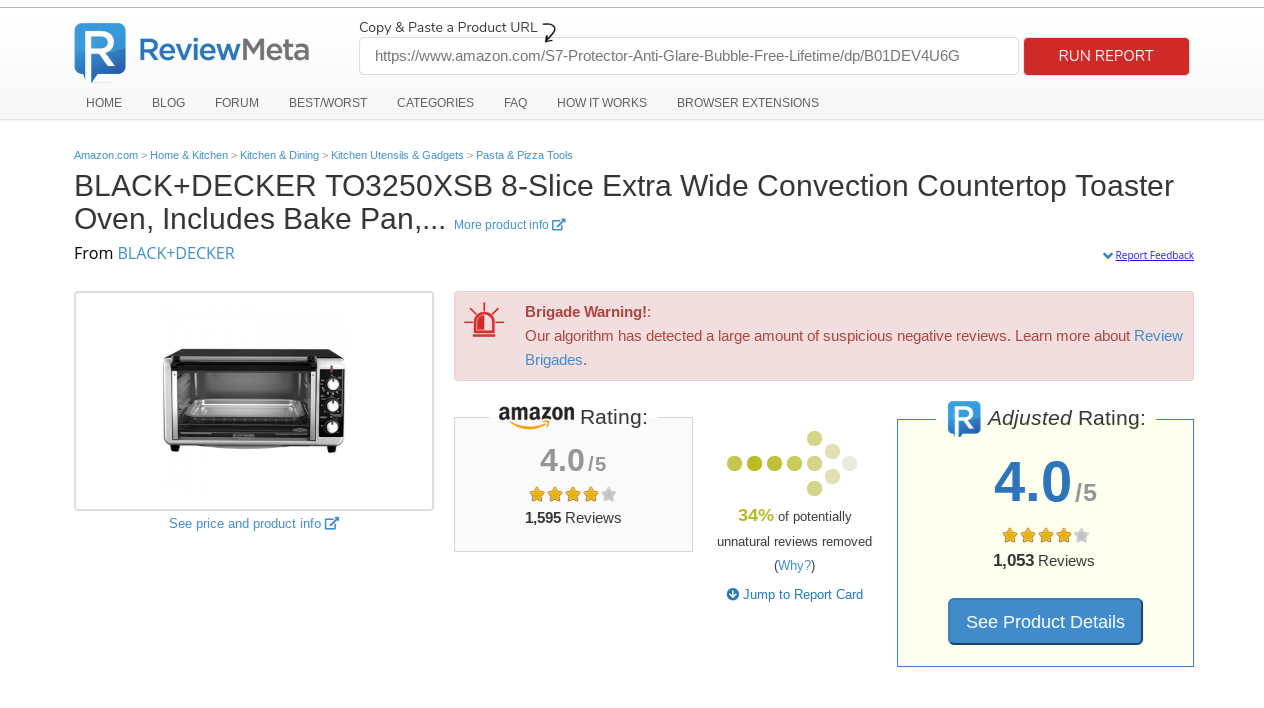
Ah, that’s interesting! ReviewMeta has found what it believes to be a pattern of fraudulent reviews, but they’re fraudulent negative reviews, not positive. ReviewMeta goes through not only the review but the reviewers, looking at their average rating, other things they’ve reviewed, and how they review, to give the reviews on the product page a score in several categories.
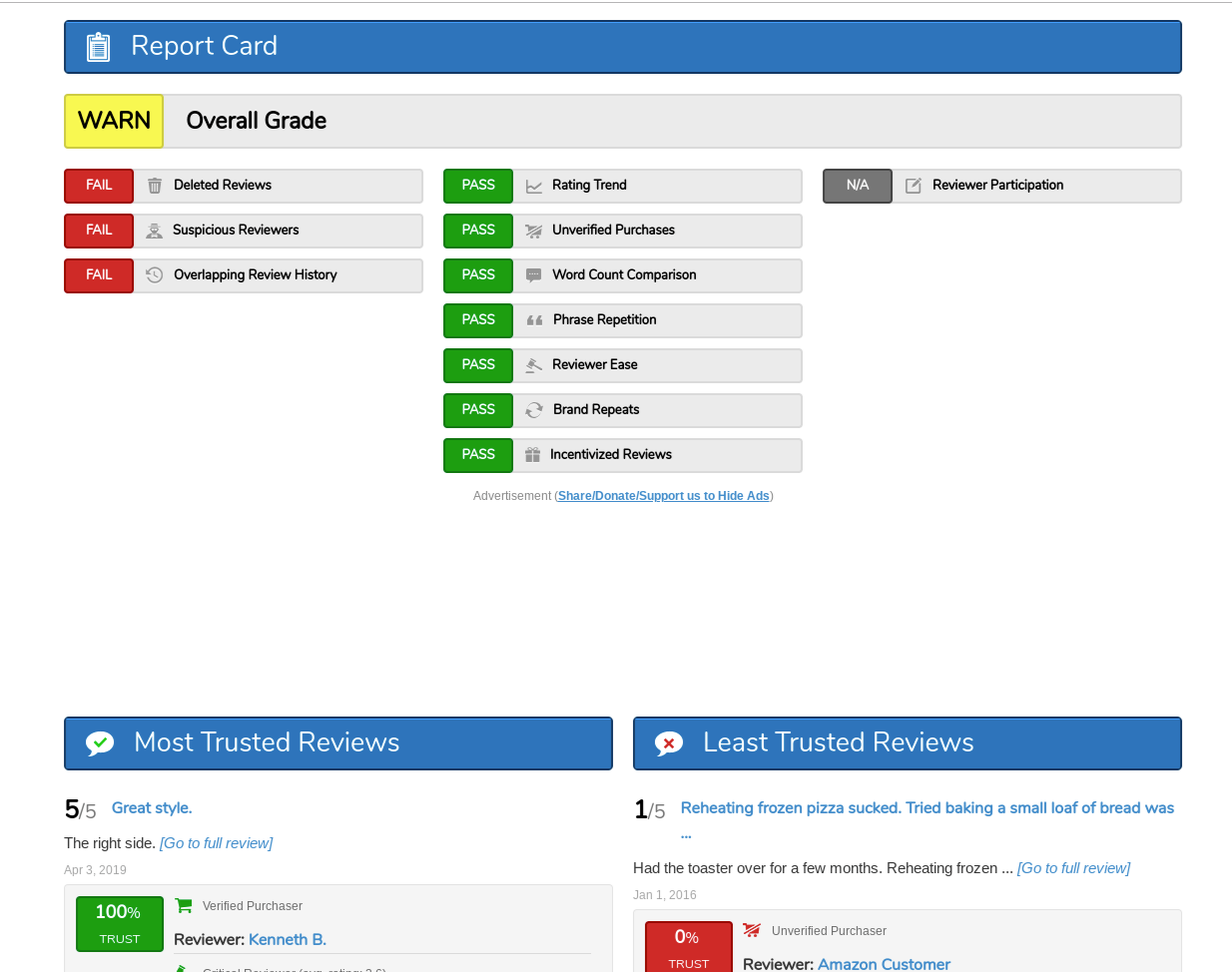
It takes a little time to go through the entire ReviewMeta report, but I’m not seeing lots of red flags here. There are some deleted reviews, but when considered as a ratio of the overall reviews it’s not bad.
You might be thinking this is a lot of work, and it is. Whether the work is worth it is up to you. If you care about someone enough to get them a gift, you want it to be the best gift possible. If you’re buying something for yourself, you’ll probably want to use these tools for items that are more expensive or those that will be heavily used. My husband and I both like toast and we’d like to get a good toaster oven I get along with that will last for a while, so I have no problem carefully choosing one. On the other hand, you might not want to check out a product this thoroughly unless it was, say, over $200.
Vetting substantial purchases I make on Amazon (and as I just noted, definitions of “substantial” can vary) has become a habit for me. Once you get used to quickly looking at where an item comes from, skimming through the questions, and getting a sense of what the reviews say, it becomes a fast process with a big payoff: getting the most from your money — and avoiding product returns!
Featured image: Shutterstock
Become a Saturday Evening Post member and enjoy unlimited access. Subscribe now
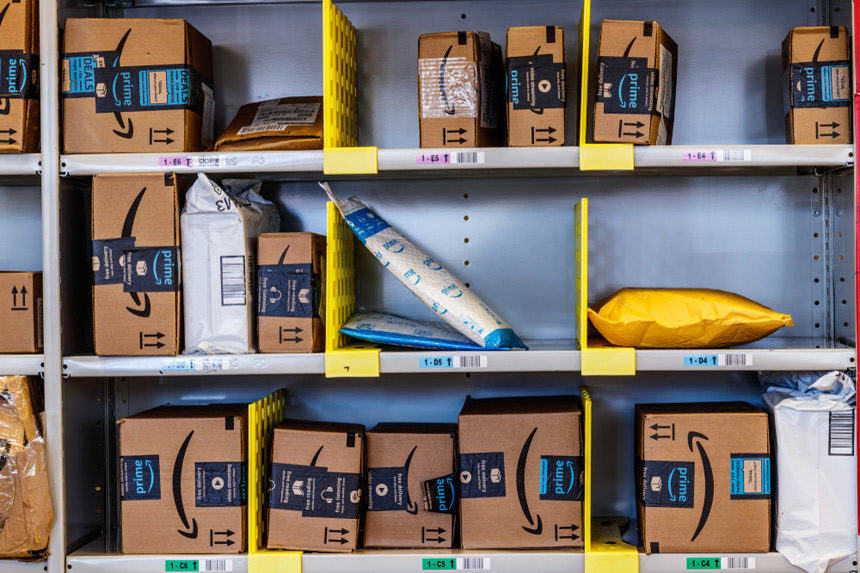
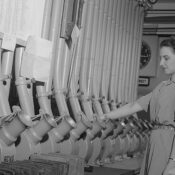


Comments
Tara, this is so useful! After reading your article, I canceled an order after using the ReviewMeta site and realizing I’d ignored a bunch of red flags in the product reviews. I’ll be paying more attention when I research what to buy instead.